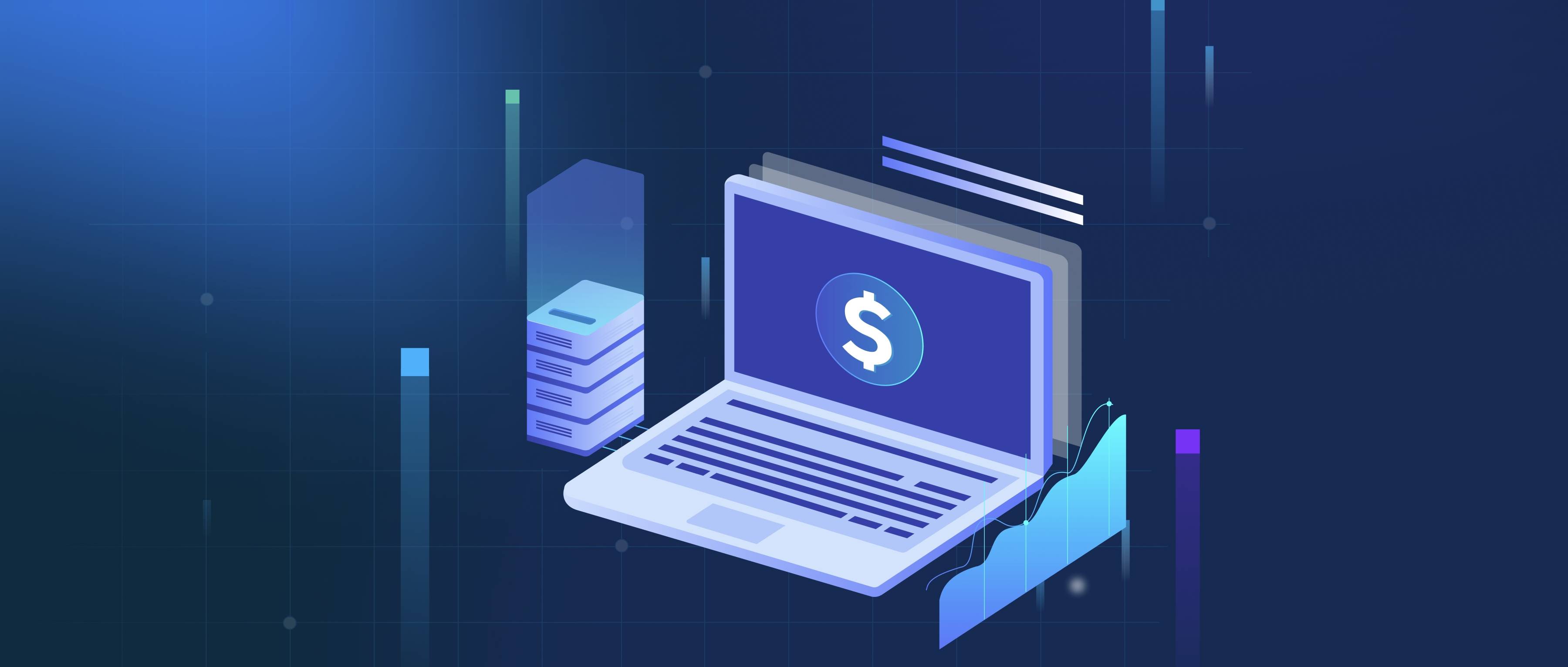OpenAI primarily operates on a usage-based pricing model, which means that costs are tied to the amount of resources consumed during the use of its API. This model is structured around the number of tokens processed, where a token can be a word or part of a word. For instance, if you send a text prompt to the API and receive a response, both the input tokens and output tokens count towards the total. OpenAI provides different pricing tiers based on the specific products offered, such as the GPT series, with varying costs depending on the model's capabilities and intended use cases.
For example, OpenAI's GPT-3.5 might have a different price per token compared to GPT-4, reflecting the latter’s enhanced features and performance. Customers are charged based on the tier they choose, which can be broken down into free or paid plans. The free tier typically allows limited usage, suitable for testing or small projects, while the paid tiers offer greater allowances and additional functionalities, catering to larger applications. This flexibility allows developers to scale their use of the API based on project requirements and budgets, making it easier to manage costs effectively.
In addition to token-based charges, OpenAI might offer enterprise solutions with customized pricing for organizations that require higher usage limits or additional features such as dedicated support. The pricing model is designed to be transparent, allowing developers to estimate costs based on expected usage. For detailed pricing information, developers can refer to OpenAI’s official website, where they provide updated pricing charts and usage guidelines. This clear structure helps teams plan their budgets and integrate OpenAI’s solutions into their applications efficiently.
